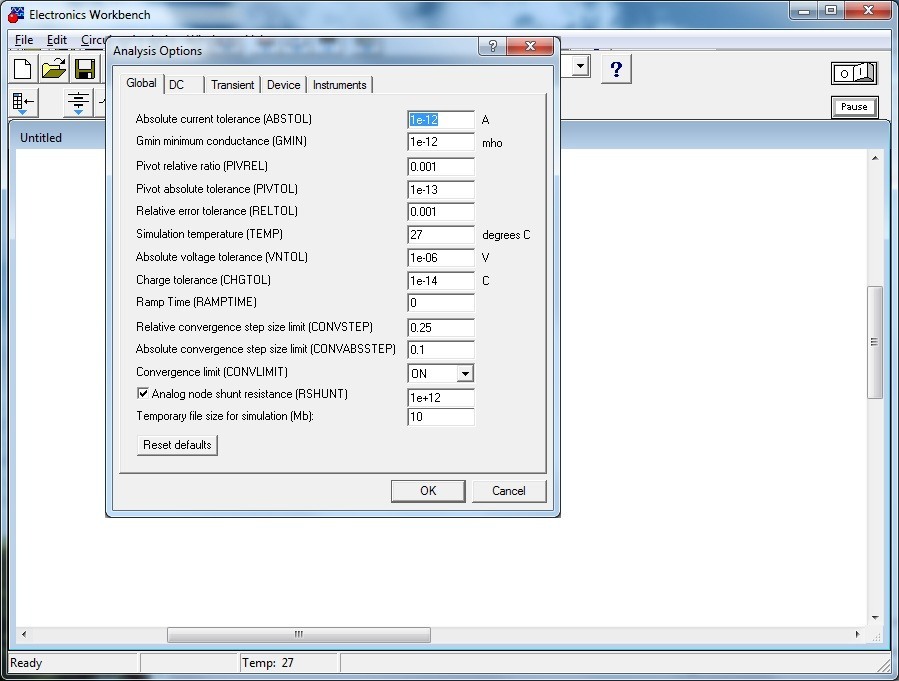

There are 3 hours per week of theoretical presentation of the course material, in which many practical examples of circuits will be presented and the project and analysis techniques will be demonstrated and, finally, circuit problems will be presented and solved.

Jack Smith Modern telecommunication Circuits, McGraww-Hill, 1976 Design and Performance Analysis of the CMOS Inverter Generation of a Standardized Pulse-The Monostable MultivibratorĨ.2. Generation of Square Waveforms Using Astable Multivibratorsħ.6. Basic Principles of Sinusoidal Oscillatorsħ.5. Gain, Frequency Response, and Slew Rate of the 741ħ.1. Effect of Feedback on the Amplifier PolesĦ.5. Noise in frequency dependent circuitsĥ.4.

Noise sources in passive and active devicesĤ.2. Frequency Response of the Differential AmplifierĤ.1. The Differential Amplifier with Active Loadġ.3. Non-ideal Characteristics of the Differential Amplifierġ.2. Differential and Multistage Amplifiersġ.1. As a follow-up, memory cells are also introduced, both in their static and dynamic implementations.įinally, the architecture and static and dynamic behaviour of CMOS digital circuits family is studied, which completes a solid background knowledge that will allow the students to go on learning either linear circuits and analogue, digital and mixed-signal VLSI, as well as electronic circuits for telecommunications.ġ. The study of linear circuits is finalised with sinusoidal oscillators, its basic principles, circuit implementation, stability, etc.įollowing this topic, the electronics of digital circuits is introduced through the study of astable, monostable and bistable circuits with a special mention to comparators and Schmitt-trigger configurations. The topics of frequency analysis and noise are also covered, as well as feedback theory, main characteristics and problems, namely stability and compensation. In the 2nd electronics the students go deep in the study of multistage broad-band amplifiers, both in bipolar and MOS technology, towards the analysis and project of discrete and integrated circuits. In a first instance, this course is a continuation of the first electronics course in which a broad set of subjects is covered in a relatively shallow way.


 0 kommentar(er)
0 kommentar(er)
